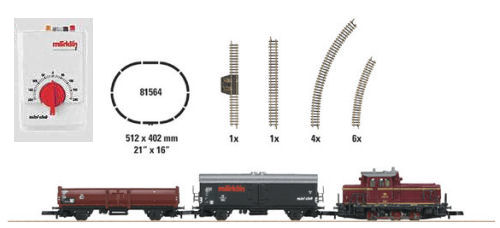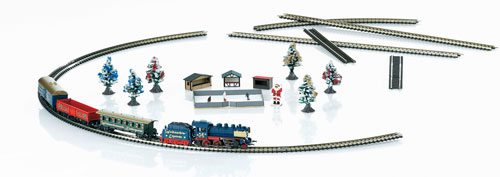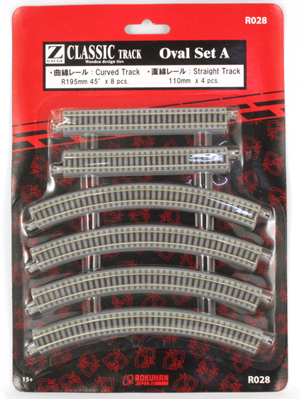

 JOHN CHANDLER explains how to get started in this diminutive scale.
JOHN CHANDLER explains how to get started in this diminutive scale.

While most people are aware of the usual 00 and N scales, Z, as far as the UK is concerned, is regarded as a niche scale.
This may be for one or more reasons including:
While we work hard with the manufacturers to grow interest in this scale, it is hoped that during the course of these articles, the latter can be dispelled and that it may be considered as a viable alternative to the two major scales, especially, but not exclusively, where there is limited space available.

Let's start with a brief history.
Z scale (1:220) was introduced by Märklin at the Nürnberg Toy Fair in 1972. At the time, it was considered to be the smallest commercially possible scale and was thus named after the last letter of the English and German alphabet, Z. Despite various efforts, it remained the smallest commercially available scale until around 2005 when T scale (3mm gauge), designed in Japan and made in China(!), hit the market.
I have refrained from giving the gauge of Z thus far for good reason - it has two! Full scale, standard (4' 8 1/2" or 1435mm) gauge is represented in Z on 6.5mm gauge track. Also full scale, narrow (1 metre) gauge is represented in Z on 4.5mm gauge track in a (NEM standard) scale known as Zm.
As early in its history as 1978, a Z scale train entered the Guinness Book of Records by running non-stop for 1219 hours and covering a distance of 720km before stopping due to engine failure!
Unreliable?
One of the reasons for choosing N scale over 00 scale is that a layout in N occupies roughly 1/4 the space of its 00 scale equivalent. The equivalent Z scale layout will occupy approximately 1/2 the area of the N scale one (1/8 the 00!). Perfect for maximising use of restricted space. (In the early days, lots of layouts in coffee tables prevailed to demonstrate this.)
From an alternative viewpoint, more track can be accommodated in an equivalent area, permitting more complex layouts and longer trains.
Every silver lining has a cloud; because of the size, Z scale locomotives lack the relative weight of their larger cousins and can lack pulling power on gradients. This does not, however, mean that gradients should be avoided.
The two main companies producing Z scale which we support are Märklin and Rokuhan.
Märklin tend to concentrate on mainland Europe, with German and Swiss outline filling most of their catalogue, whilst also including a range of American outline models.
Rokuhan concentrate on their native Japanese outline for their range.
 MN81564 DB V60 Freight Starter Set, Marklin's most popular Z Scale Starter Set.
MN81564 DB V60 Freight Starter Set, Marklin's most popular Z Scale Starter Set.
As yet, nobody commercially produces British outline but that hasn't stopped the more hardened modellers scratch building or modifying existing models to their preference.
 This Marklin Christmas Set comes compleate with seasonal scenery!
This Marklin Christmas Set comes compleate with seasonal scenery!
All the companies mentioned above have their range of starter sets. Generally, these comprise a loop of track, controller and train. Märklin's MN81841 has an extra twist; basically their Christmas starter offering, it also includes a laser-etched Christmas market scenic set, so instant layout with scenics!
 Rokuhan produce a range of pre-ballasted Z Scale Track.
Rokuhan produce a range of pre-ballasted Z Scale Track.
In Part 2, I'll look more at the building of a larger layout, going beyond the basic starter set and offer some tips on the track planning and control. I'll also cover specialist societies and shows.